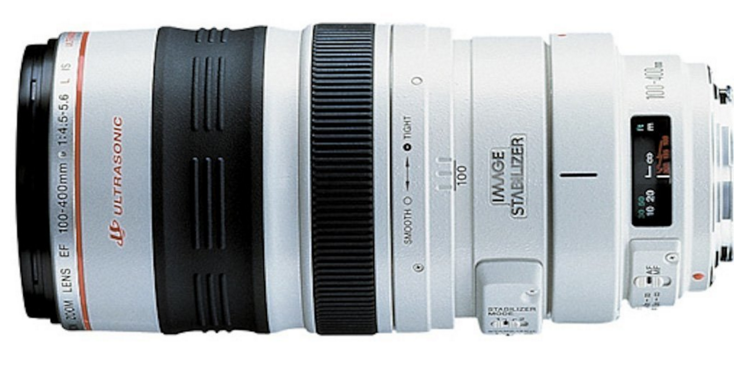Now that you have your DSLR, it's time to switch gears and consider lens selection. Before choosing the right lens you need to know a little more about how they work! The first thing to understand is that every lens has a certain focal length(s) which is measured in millimeters (such as 50mm). This focal length, paired with the kind of sensor your camera has, determines how much can fit into a photo.
Shorter focal lengths or wide angle lenses such as 20mm or 35mm allow you to be close to your subject (they fill most of the frame) and the background seems to be farther away. They also allow you to fit more into your frame.
Longer focal lengths, such as 105mm or 300mm lenses, allow you to stand farther away from your subject (having your subject fill your frame) but the background seems closer than normal. These lenses make a smaller area look larger (the higher the focal length number is, the more zoom you'll have). Let's break it down into the types of lenses there are and why you would want to shoot with these lenses.
Wide Angle Lenses: The shorter your focal length is, the wider your angle of view will be or the more you'll be able to fit into your image. A wide-angle lens is usually considered anything under 35mm. This is especially useful for landscapes and interiors; trying to fit as much of scene in a photo as you can.




